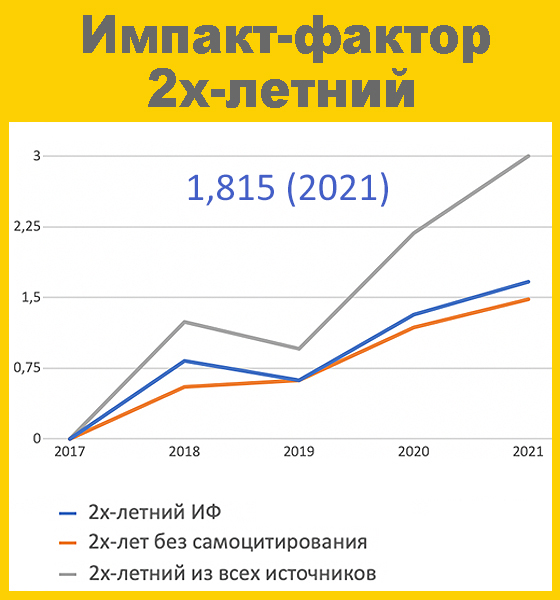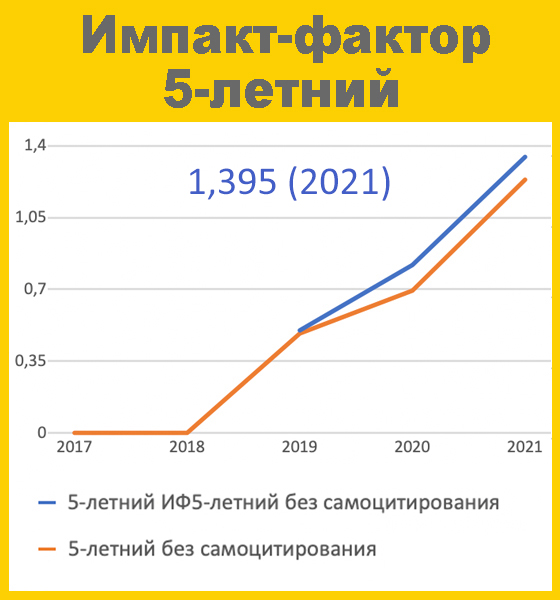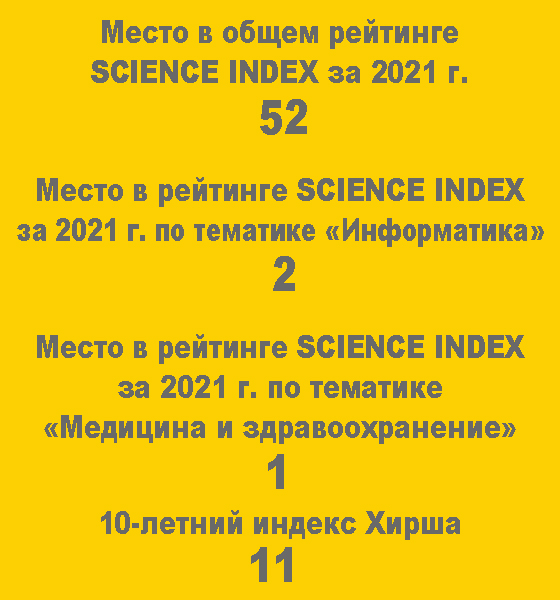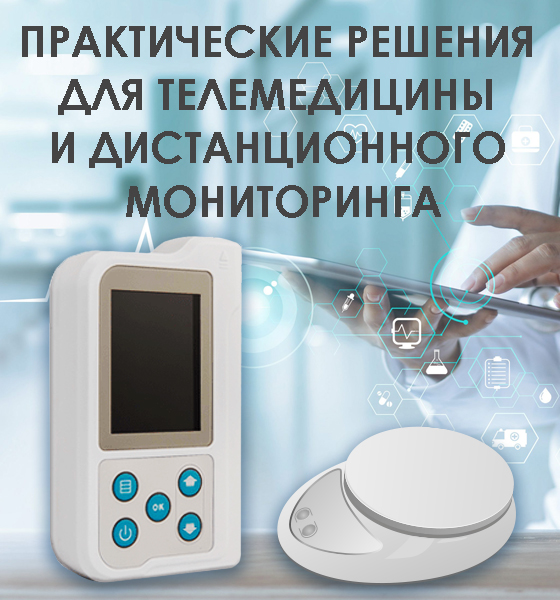Technologies for Continuous Blood Pressure Monitoring: Prospects for Practical Application DOI: 10.29188/2542-2413-2020-6-1-3-20
 1919
1919 Arterial hypertension (AH) Is the most common chronic disease, as well as the single most important risk factor for reducing life expectancy and reducing its quality [1]. According to foreign studies, 30-30-45% of the adult population, according to Russian studies-40%. According to experts, by 2025, the number of people with hypertension in the world will increase by 15-20%, reaching 1.5 billion people, which is a fifth of the World's population [2]. The danger of hypertension is the development of conditions such as stroke or myocardial infarction, which occur suddenly and are life-threatening conditions. At the same time, it should be noted that hypertension is a controlled and avoidable problem, since the occurrence of these complications can be predicted and prevented if the target blood pressure (BP) indicators are reached and controlled. This is made possible by continuous / continuous blood PRESSURE measurement and timely medication intake in accordance with its results. In view of this, the inability to cope with the increase in the incidence of hypertension is partly due to the imperfection of tools for continuous monitoring of blood PRESSURE. Diabetes mellitus, which is also one of the most serious threats to public health on a global scale, can be controlled at this stage using special wearable devices that monitor blood glucose levels and automatically deliver insulin to the body as needed [3,4]. This not only reduces the risk of serious complications, but also improves the quality of life of the patient as a whole, since monitoring is performed automatically. A similar solution for blood PRESSURE monitoring would significantly reduce the occurrence of life-threatening complications. Compact wearable devices will continuously record the most important parameters of the cardiovascular system and thus make it possible to develop an individual approach to the diagnosis and treatment of heart, vascular and pulmonary diseases. In this paper, we consider methods of non-invasive blood PRESSURE measurement designed for continuous and long-term monitoring.
Conflict of interest. The author declare no conflict of interest
| Attachment | Size |
|---|---|
| Download | 2.36 MB |


















































